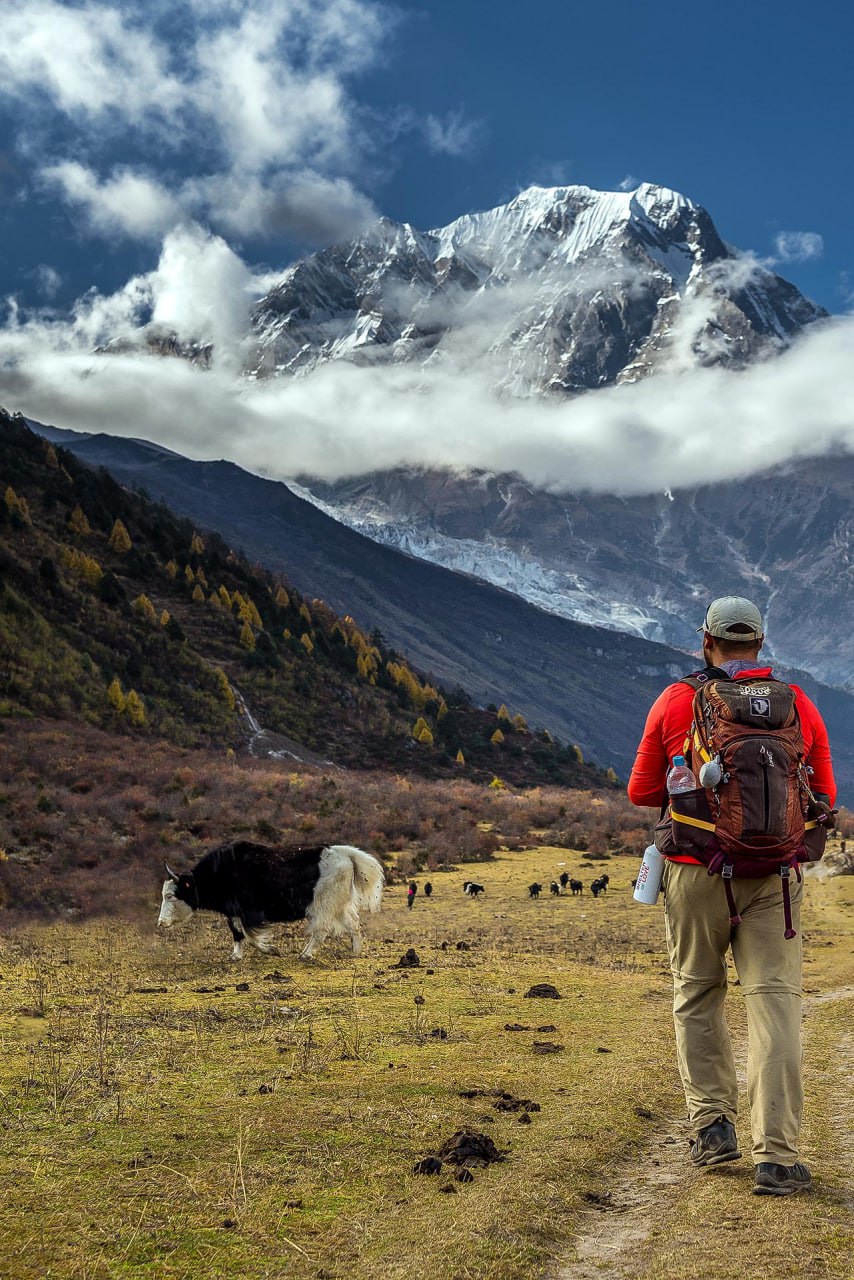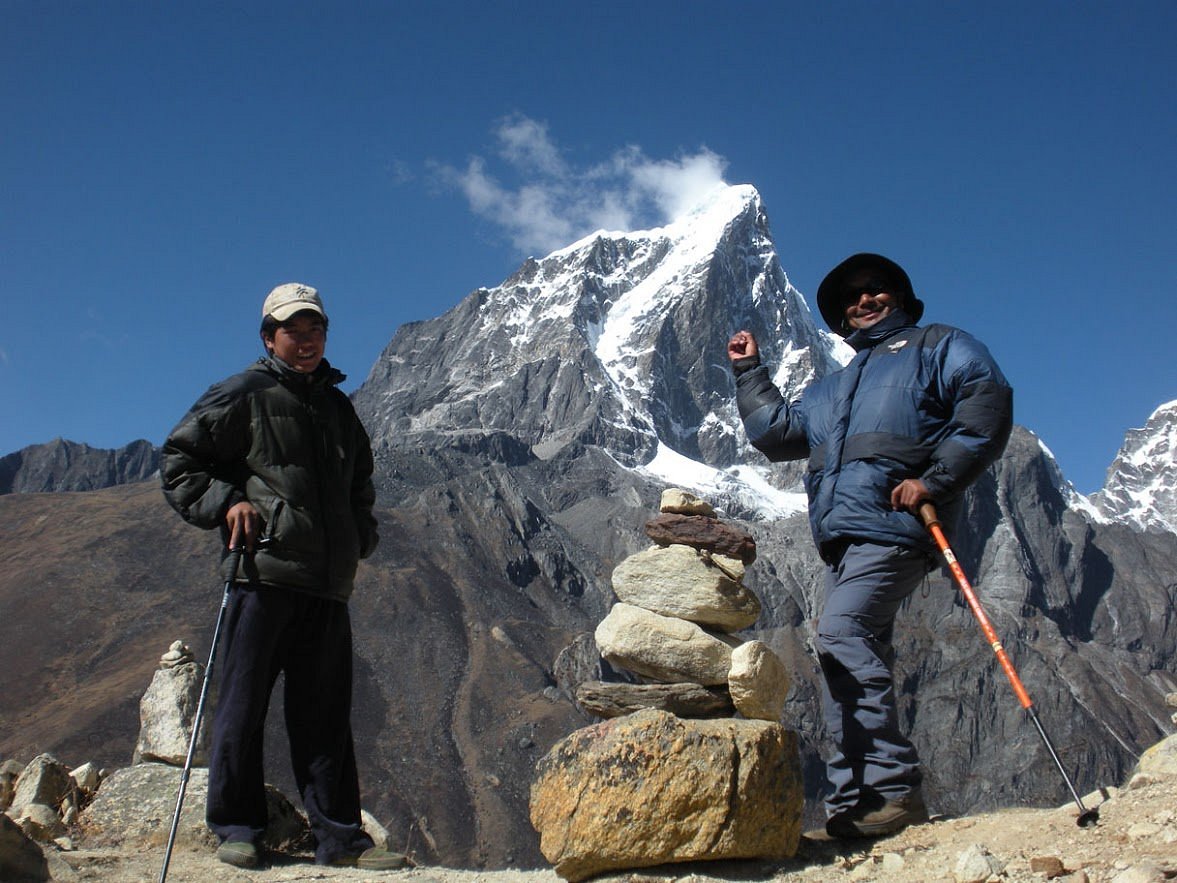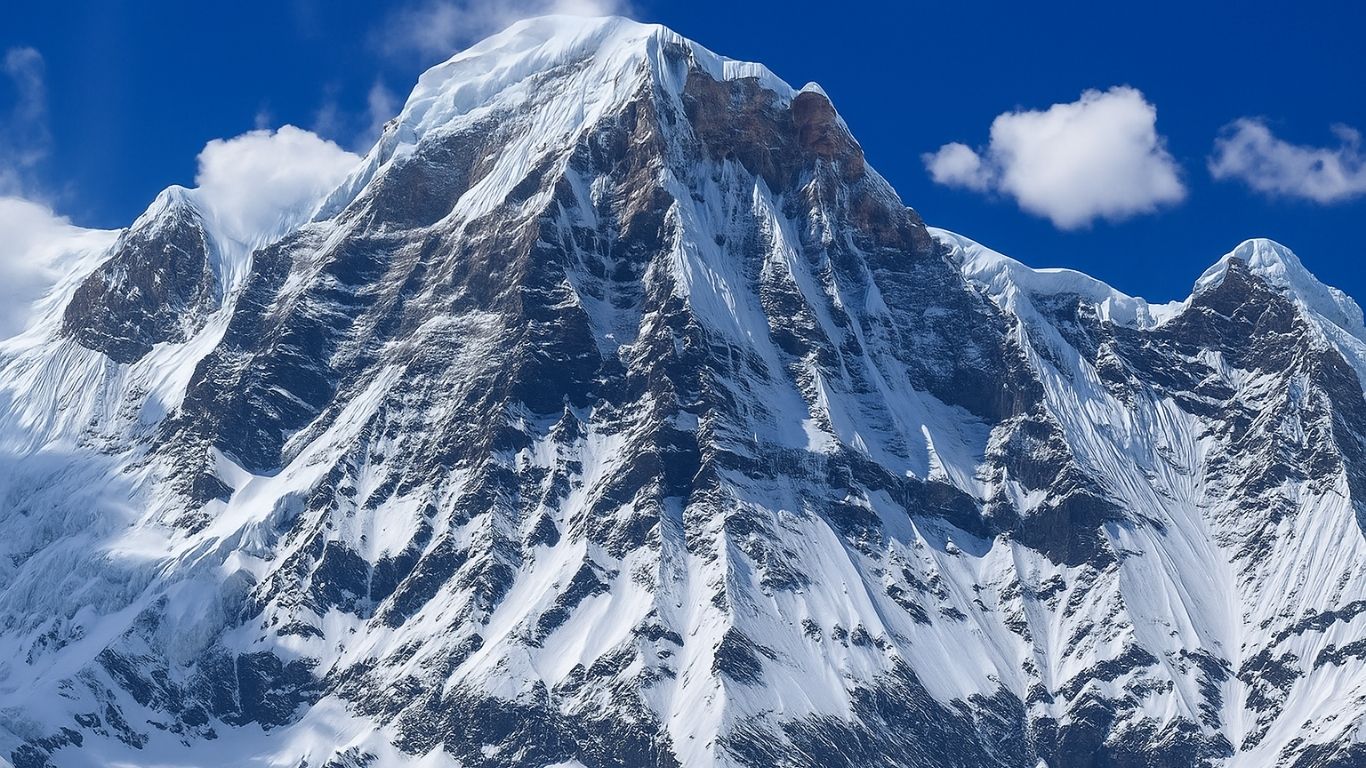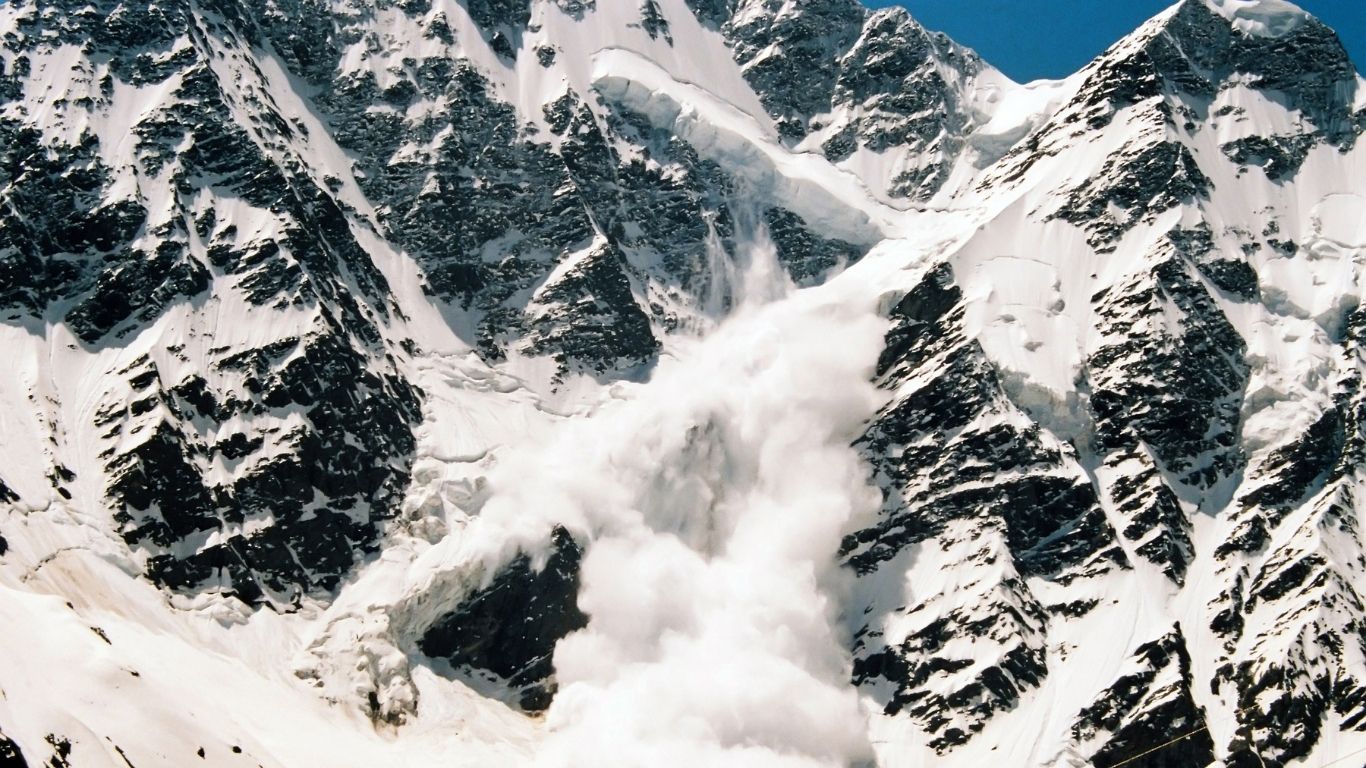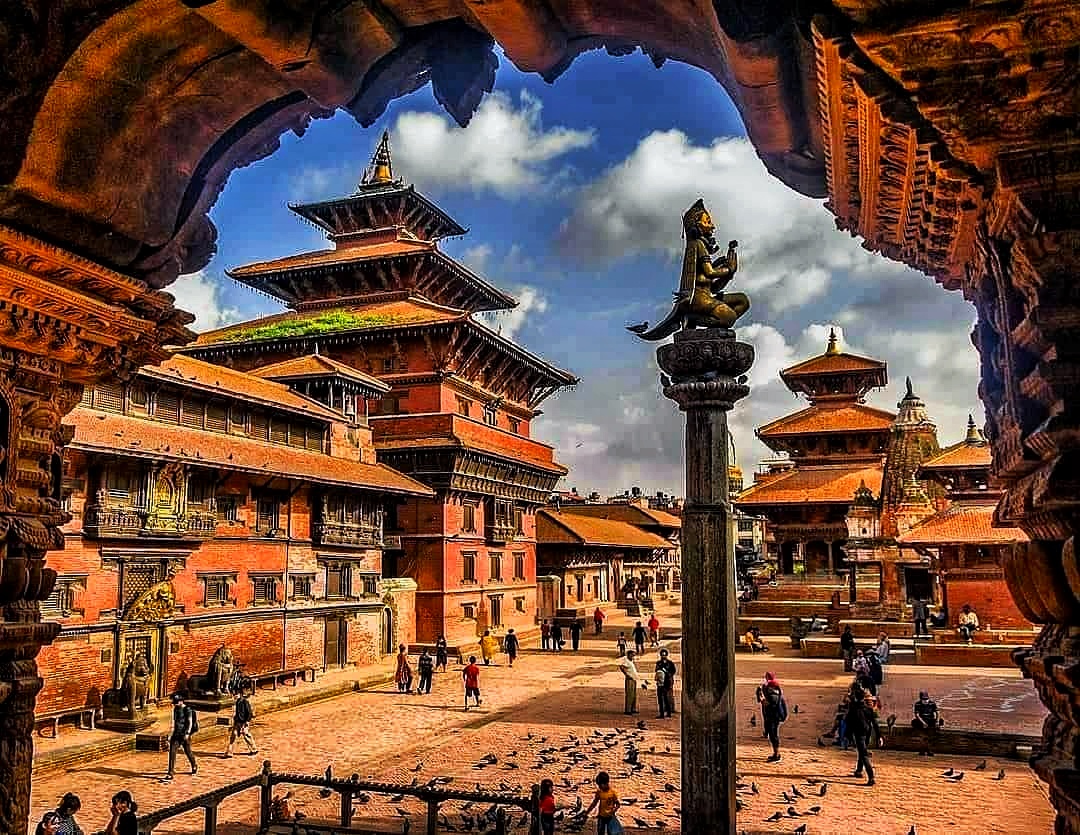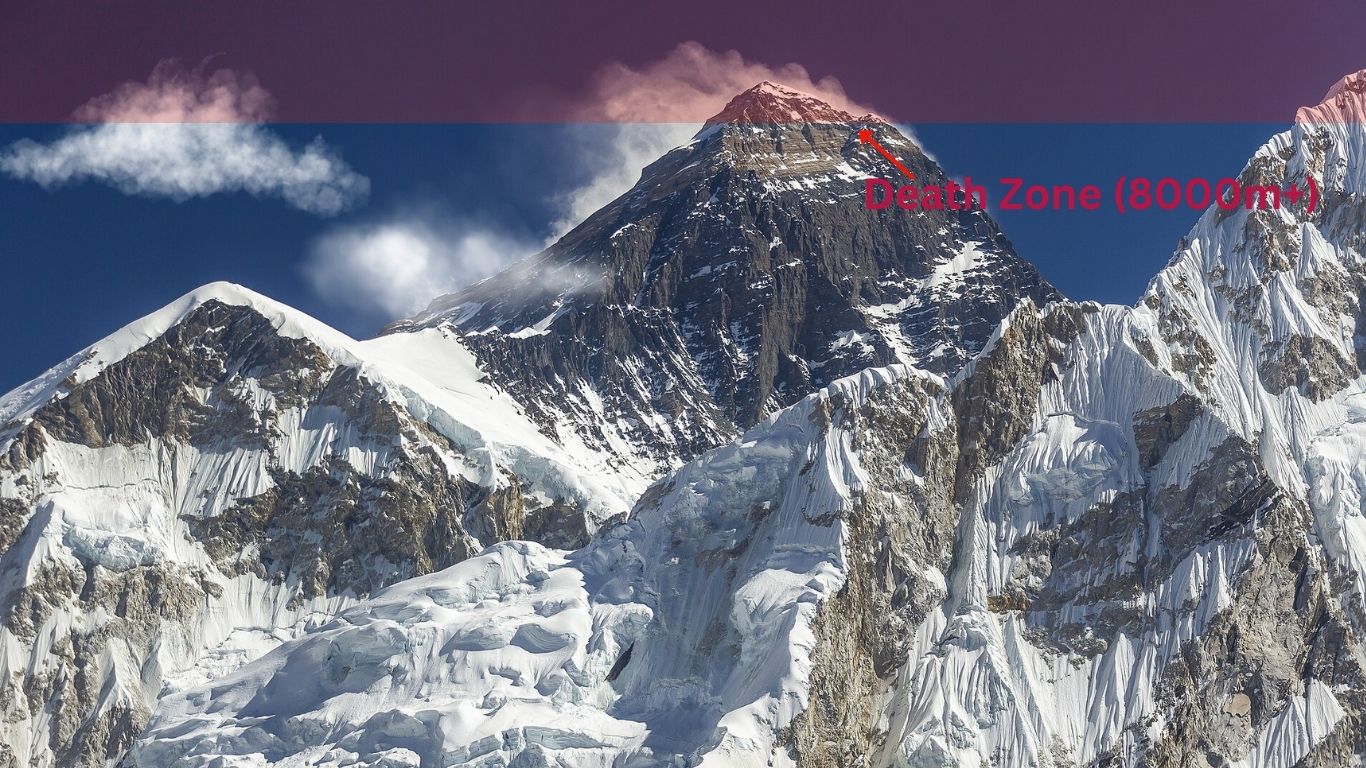
How the Death Zone Affects the Human Body: Science Explained
01/10/2025
Climbing Mount Everest is one of the greatest achievements a human can attempt. But beyond the glory and breathtaking views lies the most dangerous part of the mountain — the Death Zone. This is where survival becomes a race against time, and even the strongest bodies begin to shut down.
At this altitude, oxygen is scarce, the air is freezing, and
the risks are life-threatening. But what exactly happens to the human body in
the Death Zone? Let’s dive deep into the science and the stories behind it.
What Is the Death Zone on Mount Everest?
The Death Zone is the section of Mount Everest that
lies above 8,000 meters (26,247 feet). At this height, the amount of
oxygen available for breathing drops to about one-third of sea level.
To put it into perspective:
- At sea
level, oxygen saturation in our blood is normally around 95–100%.
- In the
Death Zone, it can drop to 65% or lower, which is dangerously low
for basic survival.
This oxygen starvation means the human body cannot sustain
life for long without help. Unlike lower altitudes where your body slowly
adjusts, in the Death Zone, the body begins breaking down almost immediately.
That’s why climbers call it “the point of no return.”
The most severe effect of the Death Zone is oxygen deprivation, medically known as hypoxia.
2. How Oxygen Levels Drop in the Death Zone
Every breath at 8,000 meters provides only a fraction of the oxygen needed. The lungs can’t supply enough oxygen to the blood, and organs start to suffer.
3. Brain Effects
The brain is highly sensitive to oxygen loss. Climbers often experience:
- Slowed
reaction times
- Impaired
decision-making
- Hallucinations
and confusion
- Loss
of balance and coordination
This explains why even experienced climbers make fatal mistakes, such as removing their oxygen masks or wandering off the path.
4. Body Effects
Muscles also weaken dramatically in the Death Zone. Taking
just a few steps can feel like running a marathon. Simple actions, like
clipping into a rope or adjusting equipment, become exhausting.
5. Risk of High-Altitude Illnesses
Aside from low oxygen, the Death Zone triggers several potentially fatal high-altitude illnesses.
6. Acute Mountain Sickness (AMS)
Symptoms include severe headache, nausea, dizziness, and extreme fatigue. While AMS itself isn’t usually fatal, it often progresses into more dangerous conditions if ignored.
7. High-Altitude Pulmonary Edema (HAPE)
HAPE occurs when fluid builds up in the lungs. Climbers struggle to breathe, even while resting, and may cough up frothy, pink fluid. Left untreated, it leads to suffocation.
8. High-Altitude Cerebral Edema (HACE)
HACE is brain swelling caused by lack of oxygen. Symptoms
include confusion, poor coordination, irrational behavior, and eventually coma.
It is one of the deadliest threats in the Death Zone.
These conditions are why climbers must constantly monitor
themselves and their teammates for warning signs.
9.
Physical Strain on the Body
The Death Zone is not just about oxygen — the entire environment attacks the human body.
10.Frostbite and Hypothermia
Temperatures can plummet below -30°C (-22°F), with wind chill making it feel even colder. Frostbite can set in within minutes on exposed skin, while hypothermia lowers the body’s core temperature, leading to unconsciousness and death.
11.Dehydration
Dry, icy air and heavy breathing dehydrate climbers quickly. Many forget to drink enough water, which worsens headaches, fatigue, and confusion.
12.Rapid Weight Loss
In the Death Zone, the body burns enormous amounts of energy
just to stay alive. Climbers can lose up to 5–7 kilograms (11–15 lbs) in
a single expedition.
How Long Can the Human Body Survive in the Death Zone?
Without supplemental oxygen, most people can only survive a
few hours in the Death Zone. Even with oxygen tanks, climbers aim to spend no
more than 48 hours above 8,000 meters.
The longer you stay, the higher the risk of organ failure,
brain damage, and death. That’s why summit pushes are carefully timed to go up
and return as quickly as possible.
How Climbers Prepare to Enter the Death Zone
Preparation is everything when it comes to survival.
Climbers take several steps before facing the Death Zone:
- Supplemental
oxygen: Most climbers carry tanks to boost oxygen intake.
- Acclimatization: They climb up and down different sections of Everest multiple times before the final push. This helps the body adjust to thinner air.
- Training
and fitness: Months or even years of endurance training prepare
climbers for the physical demands.
- Medical
checks: Doctors assess climbers’ health before they attempt Everest.
Any weakness can become deadly at high altitude.
Famous Incidents in the Death Zone
The Death Zone has claimed hundreds of lives over the years.
Rescue missions are nearly impossible because helicopters can’t operate at such
high altitudes, and carrying another person is physically unmanageable in those
conditions.
One well-known figure is “Green Boots”, a climber who
died in the 1990s. His body became a landmark on the Northeast Ridge route, a
grim reminder of the dangers above 8,000 meters.
These haunting stories highlight the reality: once in the
Death Zone, every climber is truly on their own.
The Science Behind Survival in the Death Zone
Scientists compare the conditions of the Death Zone to outer
space. The lack of oxygen, extreme cold, and pressure changes push the body
beyond natural limits.
Studies on Everest climbers help doctors understand:
- How
the brain responds to oxygen deprivation
- How
the heart adapts to stress at high altitude
- How
humans might survive in space or other extreme environments
So, while the Death Zone is deadly, it has also advanced
science in surprising ways.
Frequently Asked Questions (FAQ):
Why do climbers die in the Death Zone?
Most deaths occur due to a combination of hypoxia,
exhaustion, frostbite, and altitude illnesses. Poor decision-making caused by
oxygen deprivation also contributes to accidents.
Can helicopters rescue climbers from the Death Zone?
In most cases, no. The thin air at that altitude doesn’t
provide enough lift for helicopters to operate safely.
How long can you stay in the Death Zone?
With supplemental oxygen, climbers may last up to 48 hours,
but the risks increase dramatically. Without oxygen, survival is only a matter
of hours.
Do all climbers use supplemental oxygen?
No. A small number of elite climbers attempt Everest without
oxygen tanks, but this is extremely rare and highly dangerous.
Why are bodies left on Mount Everest?
Due to the extreme conditions, retrieving bodies is nearly
impossible. Many remain as permanent markers on the mountain.
Conclusion
The Death Zone on Mount Everest is the ultimate test of
human survival. With oxygen levels too low to sustain life, the body begins to
shut down almost instantly. From brain fog and hallucinations to frostbite and
deadly altitude illnesses, the risks are staggering.
Yet, climbers continue to push into this hostile
environment, chasing the dream of standing on top of the world. The Death Zone
is not just a section of the mountain — it’s a reminder that nature always has
the final say.

